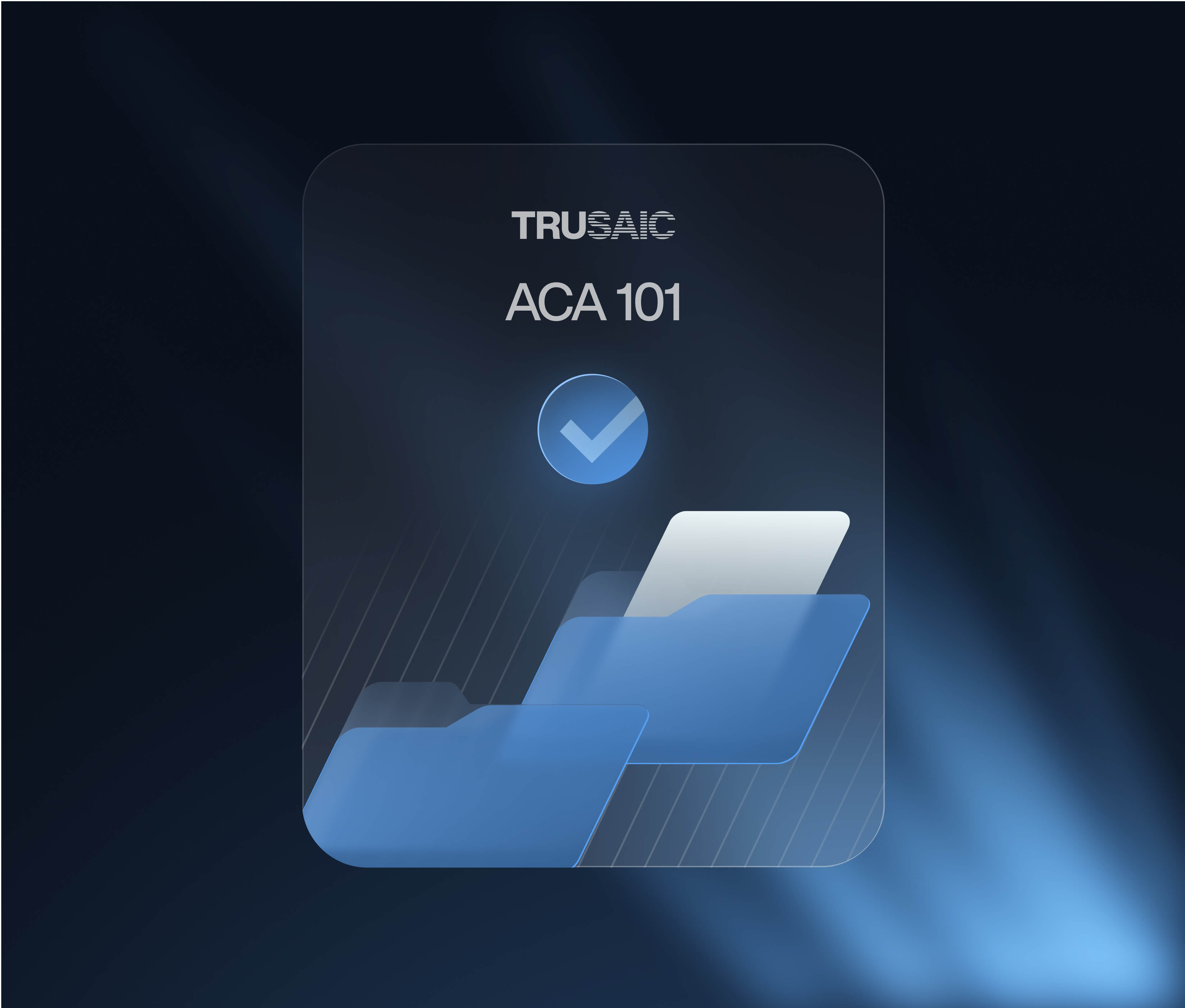Introduction
Maryland updated its pay transparency law under the Equal Pay for Equal Work law to require salary range disclosure on job postings. Effective Oct. 1, 2024, SB 525/HB 649 requires all employers in the state to provide salary ranges in all ads for jobs that will be physically performed at least partly inside the state.
A previous version of the law required employers to provide salary information upon request from job applicants.
Maryland pay transparency requirements
All employers in the state must provide a minimum and maximum salary for each job posting. The legislation calls for using an hourly pay or salary range based on an applicable pay scale, a previously determined minimum and maximum pay for the position, the pay of an individual holding a comparable position, or the budgeted amount for the position.
Maryland lawmakers removed language from an earlier version of the bill that would have allowed employees and job applicants to sue employers for violations. Additionally, the lawmakers omitted language covering jobs performed outside the state but reporting to an in-state supervisor or office. Thus, the law does not apply to remote positions outside of Maryland.
Employment equity standards
The Maryland Equal Pay for Equal Work law prohibits an employer from discriminating between employees by: (1) paying a wage to employees of one sex or gender identity at a rate less than the rate paid to other employees under certain circumstances; and (2) providing less favorable employment opportunities as defined by the law, based on sex and gender identity.
An employer can pay a variation in a wage if it is based on: (1) a seniority system that does not discriminate on the bases of sex or gender identity ; (2) a merit system that does not discriminate on the basis of sex or gender identity; (3) jobs that require different abilities or skills; (4) jobs that require performance of different duties or services; (5) work that is performed on different shifts or at different times of the day; (6) a system that measures performance based on quality or quantity of production; or (7) a bona fide factor other than sex or gender identity including education, training or experience under certain circumstances. The law provides that an employee may demonstrate that an employer’s reliance on the systems or factors listed above is a pretext for discrimination on the basis of sex or gender identity.
The Maryland Equal Pay for Equal Work law provides that an employer may not prohibit an employee from inquiring about, discussing, or disclosing the wages of an employee or another employee or requesting that the employer provide a reason for why the employee’s wages are a condition of employment. An employer is prohibited from requiring an employee to sign a waiver or other document to deny the employee the right to disclose or discuss the employee’s wages. An employer may, in a written policy that is provided to each employee, establish reasonable workday limitations on the time, place and manner for asking about employee wages so long as it is consistent with other State and Federal laws. If an employee doesn’t follow the employer’s limitations, the employer has an affirmative defense for taking adverse employment actions.
The risks of non-compliance
The state’s labor commissioner is responsible for handling enforcement and administering fines. The details of what the fines are for non-compliance have not yet been set.
How can Trusaic assist with Maryland Equal Pay for Equal Work requirements?
TThe goal of pay transparency laws is to promote practices that lead to a more equitable compensation environment. Similar to salary history ban laws, requiring pay ranges on job postings promotes fair pay practices and holds organizations accountable.
If implemented thoughtfully and strategically by an organization, pay transparency can promote a better work environment where employees believe they are paid fairly. Providing salary ranges on job postings can also positively narrow the applicant pool and improve the hiring experience.
Absent salary range information, a job candidate could go through a multi-week interview process only to discover the job offer is far below their salary expectation. This wastes the candidate’s time and causes financial and reputational damage to the employer.
The task of moving toward full pay transparency can be daunting for an organization.
1. Comply – Use Trusaic’s Salary Range Finder® to ensure unbiased and competitive pay at the time of hire:
Salary range explainability: Salary Range Finder helps you establish and post competitive and equitable pay ranges to confidently comply with pay transparency laws.
2. Correct – Use PayParity® to understand, explain and resolve pay disparities:
Analyze: Trusaic’s pay equity analysis software analyzes compensation and benefits data directly from your HRIS system to uncover pay inequities across gender, race, age, and more. Conduct proactive or compliance-driven analyses to pinpoint disparities, reduce legal risk, and build trust by ensuring unbiased, transparent pay practices across your workforce.
Remediate: PayParity with R.O.S.A. (Remediation Optimization Spend Analysis) helps you remediate pay inequities with precision. R.O.S.A. runs hundreds of simulations quickly to find the most impactful pay adjustments, ensuring your budget is spent where it matters most. Make every adjustment count in your ongoing commitment to unbiased, transparent pay practices.
Prevent: Prevent future pay inequities by addressing systemic root causes and through the continuous monitoring of your pay practices. Use your pay equity analysis to guide salary decisions with tools like Salary Range Finder. Keep progress on track by embedding unbiased pay practices into hiring, promotions, and compensation adjustments.
Leverage Trusaic’s pay equity software solutions to ensure you remain in compliance with Maryland’s Equal Pay for Equal Work law requirements.








